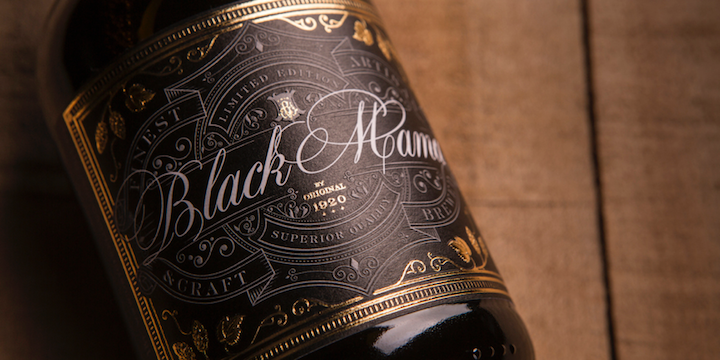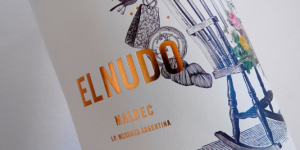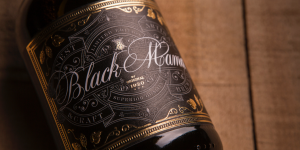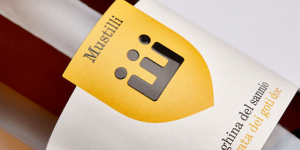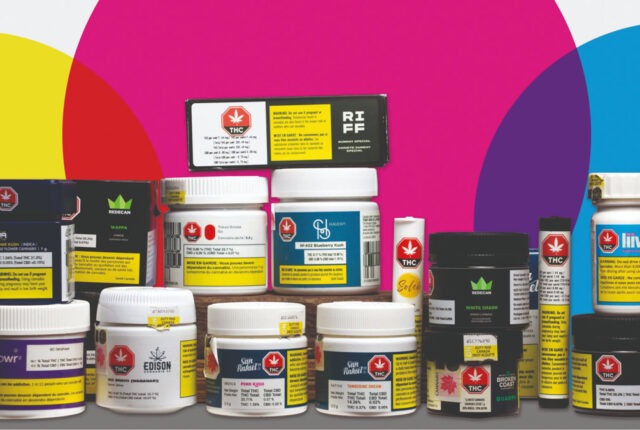By definition, a label is flat. There is however, flat and … a little extra.
Whether for wine, beer, cosmetics, food products, personal care products or other types of packaging, you can add more texture to your label to make it more impressive and increase its appeal for consumers.
Embossing
Paper is a malleable material. That said, it’s possible to create different forms through a technique called embossing. often used on carton packaging, embossing deserves some consideration if you’d like to brush up your labelling.
There are two types of embossing: cold and hot. The first uses a solid form to create a raised image in the paper. The second uses a heat gun and a powder for heat transfer to give the paper the desired effect.
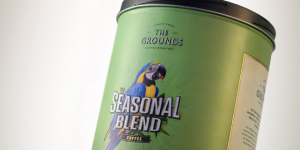
Partnered with embossing: hot stamping and varnishes
Embossing itself offers great opportunities. Combined with hot stamping and varnish relief, you get a combination of solutions that multiplies the possibilities of your product label design.
Hot stamping
In the field of wine, beer, cosmetics or other products, in order to create the effect of luxury, nostalgia or simply for interesting visuals, it is common to use embossing, combined with a lithography technique, which adds ink or metallic finishes by thermal transfer, or hot stamping.
There is also a cold metallic printing technique (cold foil printing). Each has its advantages and properties
Here is a wine label example with hot stamping, but without embossing. The metallic finish creates an effect and supports the graphical design with class.
Here the lighting of the photo helps show the relief and the visual effect created by the combination of embossing and stamping.
Pushing graphical detail even further, here’s a beer label that illustrates the finesse and precision that can be achieved by combining hot stamping and embossing.
The varnish style of silkscreen printing
Another method commonly used in combination with embossing is lacquer. This technique applies a varnish on an embossed surface.
Here is a wine label example featuring the producer’s logo on one of its bottles.
Conclusion
Your product labels don’t need to be “flat”! Give them life! Revisit your designs by exploring the possibilities of the 3rd dimension, by using embossing.
Contact us during your design process to facilitate your work and explore new opportunities.

